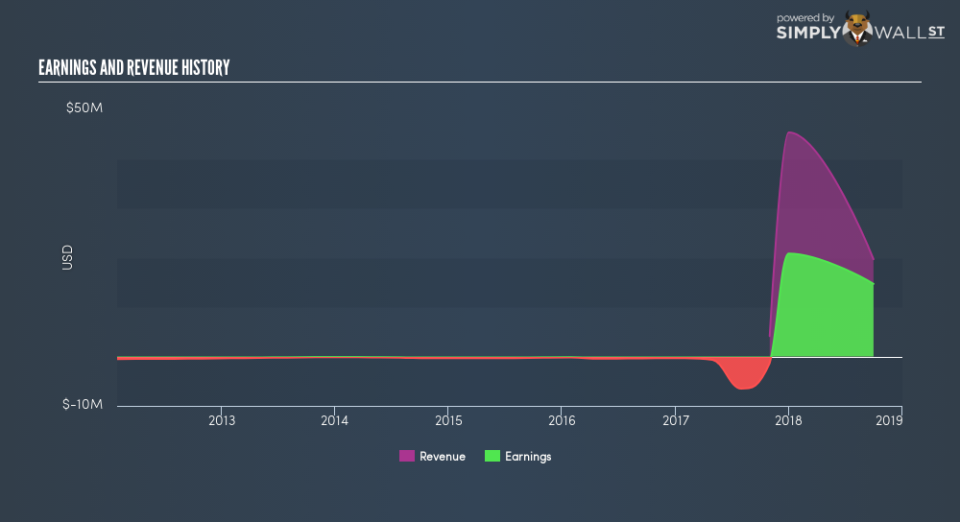What Kind Of Share Price Volatility Should You Expect For Cobalt 27 Capital Corp. (CVE:KBLT)?

If you’re interested in Cobalt 27 Capital Corp. (CVE:KBLT), then you might want to consider its beta (a measure of share price volatility) in order to understand how the stock could impact your portfolio. Volatility is considered to be a measure of risk in modern finance theory. Investors may think of volatility as falling into two main categories. The first category is company specific volatility. This can be dealt with by limiting your exposure to any particular stock. The second sort is caused by the natural volatility of markets, overall. For example, certain macroeconomic events will impact (virtually) all stocks on the market.
Some stocks see their prices move in concert with the market. Others tend towards stronger, gentler or unrelated price movements. Beta is a widely used metric to measure a stock’s exposure to market risk (volatility). Before we go on, it’s worth noting that Warren Buffett pointed out in his 2014 letter to shareholders that ‘volatility is far from synonymous with risk.’ Having said that, beta can still be rather useful. The first thing to understand about beta is that the beta of the overall market is one. Any stock with a beta of greater than one is considered more volatile than the market, while those with a beta below one are either less volatile or poorly correlated with the market.
Check out our latest analysis for Cobalt 27 Capital
What does KBLT’s beta value mean to investors?
Given that it has a beta of 1.47, we can surmise that the Cobalt 27 Capital share price has been fairly sensitive to market volatility (over the last 5 years). If the past is any guide, we would expect that Cobalt 27 Capital shares will rise quicker than the markets in times of optimism, but fall faster in times of pessimism. Beta is worth considering, but it’s also important to consider whether Cobalt 27 Capital is growing earnings and revenue. You can take a look for yourself, below.
How does KBLT’s size impact its beta?
Cobalt 27 Capital is a noticeably small company, with a market capitalisation of CA$326m. Most companies this size are not always actively traded. Relatively few investors can influence the price of a smaller company, compared to a large company. This could explain the high beta value, in this case.
What this means for you:
Beta only tells us that the Cobalt 27 Capital share price is sensitive to broader market movements. This could indicate that it is a high growth company, or is heavily influenced by sentiment because it is speculative. Alternatively, it could have operating leverage in its business model. Ultimately, beta is an interesting metric, but there’s plenty more to learn. This article aims to educate investors about beta values, but it’s well worth looking at important company-specific fundamentals such as Cobalt 27 Capital’s financial health and performance track record. I highly recommend you dive deeper by considering the following:
Financial Health: Are KBLT’s operations financially sustainable? Balance sheets can be hard to analyze, which is why we’ve done it for you. Check out our financial health checks here.
Past Track Record: Has KBLT been consistently performing well irrespective of the ups and downs in the market? Go into more detail in the past performance analysis and take a look at the free visual representations of KBLT’s historicals for more clarity.
Other High-Performing Stocks: Are there other stocks that provide better prospects with proven track records? Explore our free list of these great stocks here.
To help readers see past the short term volatility of the financial market, we aim to bring you a long-term focused research analysis purely driven by fundamental data. Note that our analysis does not factor in the latest price-sensitive company announcements.
The author is an independent contributor and at the time of publication had no position in the stocks mentioned. For errors that warrant correction please contact the editor at editorial-team@simplywallst.com.

 Yahoo Finance
Yahoo Finance 
